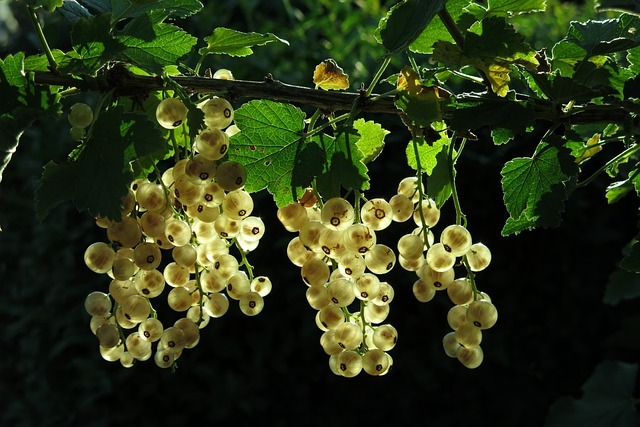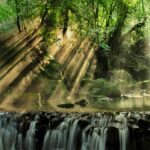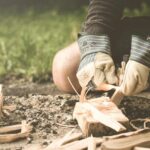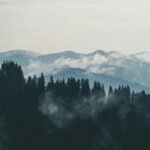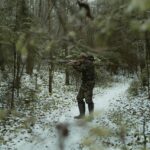In the hustle and bustle of modern life, we often forget the incredible abundance of edible plants and survival foods that nature provides us. Imagine a world where you can stroll through the woods, connecting with the earth, and nourishing yourself with the bounties it offers. This guide is your key to unlocking the secrets of foraging, discovering delicious and nutritious wild edibles, and enhancing your survival skills.
The Basics of Foraging
Choosing the Right Environment
Foraging starts with understanding your surroundings. Different environments offer different edible treasures. Woodlands, meadows, and coastal areas each have their unique edible plants. The key is to research and identify the local flora in your region. Navigating the vast expanse of nature in search of edible plants requires careful consideration of your foraging environment. Here are ten crucial tips to guide you in choosing the right setting for your foraging expedition:
1. Know Your Region’s Flora
Research and understand the local plant life. Different regions boast different edible plants, so a comprehensive knowledge of your surroundings is key.
2. Diversity in Ecosystems
Opt for environments with diverse ecosystems. Woodlands, meadows, and coastal areas each offer a unique array of edible plants. Seek out locations that present a variety of habitats for exploration.
3. Seasonal Awareness
Stay attuned to seasonal changes. Some plants thrive in spring, while others flourish in autumn. This awareness ensures a year-round foraging experience with a constantly evolving selection of edibles.
4. Accessibility Matters
Choose environments that are easily accessible. While dense forests might hold hidden gems, they can be challenging for beginners. Opt for locations with well-defined trails and manageable terrain.
5. Proximity to Water Sources
Look for areas near water sources, such as rivers or lakes. These locations often harbor a greater variety of edible plants, and water bodies provide a valuable resource for hydration during your foraging journey.
6. Prioritize Safety
Safety should be paramount. Avoid environments with potential hazards such as polluted water sources or areas prone to natural disasters. Your well-being is of utmost importance.
7. Check Local Regulations
Be aware of any local regulations or restrictions on foraging. Some areas may protect specific plant species, and foraging might be prohibited. Adhering to these rules ensures the preservation of the ecosystem.
8. Tap into Local Knowledge
Connect with experienced foragers in your community or online forums. Local knowledge can provide valuable insights into the best foraging spots, enhancing your overall experience.
9. Consider Wildlife Presence
Be mindful of wildlife in your chosen environment. While encountering nature is part of the allure, be aware of potentially dangerous animals. Familiarize yourself with local wildlife and take necessary precautions.
10. Monitor Weather Conditions
Stay informed about weather forecasts. While foraging in the rain can be refreshing, extreme weather conditions may pose risks. Ensure you are adequately prepared for the prevailing weather, whether it’s sun, rain, or snow.
Choosing the right foraging environment is the foundation for a successful and enjoyable experience. By combining knowledge, safety awareness, and a touch of local wisdom, you’ll set the stage for a rewarding foraging adventure. Happy foraging!
Safety First
Before embarking on a foraging adventure, equip yourself with knowledge. Learn to identify edible plants with certainty, focusing on key features such as leaf shape, color, and any distinctive markings. Mistakes can be costly, so it’s essential to be thorough in your research.
Essential Foraging Tools
A forager’s toolkit is simple but vital. Bring along a reliable field guide, a small shovel, and a basket for collecting your finds. A magnifying glass can also be handy for inspecting plant details.
Delicious Finds
Dandelions
Often dismissed as weeds, dandelions are a forager’s delight. The entire plant is edible, from the leaves to the flowers and roots. Rich in vitamins and minerals, dandelions can be used in salads, teas, and even as a coffee substitute.
Nettles
Despite their stinging reputation, nettles are a nutritional powerhouse. High in iron and other essential nutrients, they can be cooked or brewed into a nourishing tea. Use gloves when harvesting to avoid the stings.
Wild Berries
From juicy blackberries to tart raspberries, wild berries are a flavorful addition to your foraging basket. Packed with antioxidants, these berries can be enjoyed fresh, added to recipes, or preserved for later use.
Survival Foods
Cattails
Cattails are more than a picturesque wetland plant; they are a survivalist’s dream. The young shoots, often referred to as “nature’s supermarket,” can be eaten raw or cooked. The fluffy seed heads are also excellent for fire-starting.
Acorns
While commonly associated with squirrels, acorns are a valuable human food source too. Rich in protein and healthy fats, acorns can be ground into flour for baking. However, proper preparation, including leaching out tannins, is essential to make them palatable.
Pine Trees
Pine trees offer more than just shade. The inner bark is edible and can be consumed raw or cooked. Rich in calories, it can be a valuable survival food. Additionally, pine needles can be brewed into a vitamin C-rich tea.
Foraging Tips and Tricks
Seasonal Awareness
Different plants are available at different times of the year. Understanding seasonal variations in plant life ensures a diverse and year-round foraging experience. Spring offers tender shoots, while autumn provides an abundance of nuts and fruits.
Leave No Trace
Responsible foraging is about harmony with nature. Only take what you need, and avoid disturbing the ecosystem. Leave no trace of your presence, allowing future foragers to enjoy the same abundance.
Continuous Learning
Foraging is a skill honed through experience and knowledge. Attend workshops, join local foraging groups, and never stop learning. The more you know, the richer your foraging experiences will become.
Conclusion
Foraging for edible plants and survival foods is not just a journey into nature; it’s a connection to our ancestral roots. As you embark on this adventure, remember that the bounty of the earth is vast and diverse. Approach it with respect, curiosity, and a commitment to responsible foraging. Through this ancient practice, you’ll not only enrich your diet but also deepen your connection to the natural world that sustains us all. Happy foraging!

